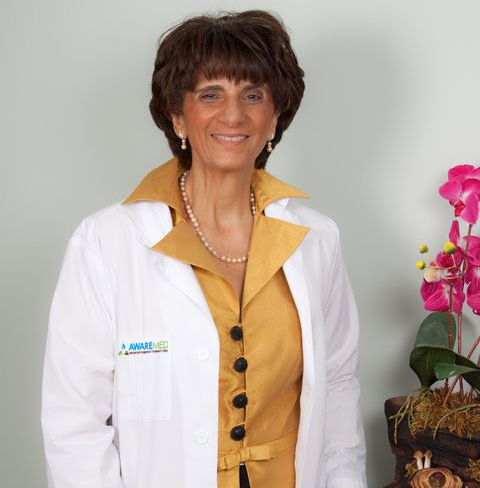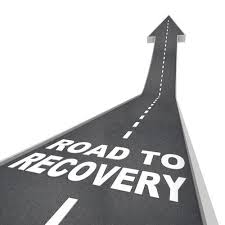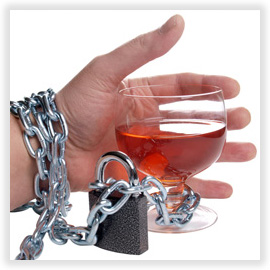Suicide connections with drug

Suicide connections with drug addiction is very evident in an intoxicated brain
Suicide connections with drug addiction: Addiction’s hidden risks
Each person has his or her own peculiar reasons of being live attached to many set objectives they want to accomplish in life. These objectives are either set to us by people around us or our own desired goals but the bottom line is that we have them. We may not be able to achieve these objectives if we are not sober in our minds and to be sober we must choose to stay away from all kind of drugs and drug-related activities or influences. We must make all efforts to ensure that our neighborhood is safe and free from any kind of substance abuse. Our children must be brought up morally sound and any element of depression avoided. Doing this should be a collective responsibility to everyone because the consequences of drugs are fatal with suicide connections with drug addiction being one of them. From the expert’s point of view at AWAREmed Health and Wellness Resource Center under the leadership of Doctor Dalal Akoury MD, anyone who cares about an addict will have several concerns including:
- The fear of getting serious accident and other body injuries
- The fear of losing a loved one
- The fear of drug overdose
- The fear of committing suicide
These are weighty concerns but for the purpose of this article, we will dwell more on the suicide as a consequence emanating from drug abuse. Suicide is a known risk for those suffering from mental health problems. You must take keen attention on depression and other mood disorders because these are the primary indicators of risk factors for suicide. Besides this alcohol drug abuse are also influential in triggering suicide. As a matter of fact, studies have established that alcoholism is a strong indicator even without being depressed and those suffering from drug use disorders are said to be about six times likely to commit suicide than the population not using drugs.
Suicide connections with drug addiction: When hope runs out
Have you ever wondered why suicide is the tragic fate of so many people struggling with addiction? There are a few possible explanations which may include:
- When under the influence of drugs or alcohol, people may lose inhibitions and take risks they would not do when sober.
- Many people abuse drugs or alcohol in an attempt to relieve the symptoms of depression, anxiety or other mental health conditions.
- The rate of major depression is two to four times higher among addicts than the general population.
Although drugs may seem to help in the short term, they exacerbate problems over time. When attempting to stop using drugs, people may feel overwhelmed by the return of painful emotions that they had been medicating with drugs. They may also be clear-headed enough to carry out suicidal thoughts and plans. Transitions, such as entering or leaving treatment, relapse, and death, divorce or other major life changes, can be especially vulnerable times.
Abusing drugs, especially depressants like alcohol or sedatives, can also trigger symptoms of depression, increasing the risk of suicide. As the consequences of addiction pile up, from legal problems and damaged relationships to financial ruin and job loss, individuals may lose all hope that things can get better and for some, the feeling of impossibilities may take center stage where victims only see two possible ways of relief i.e. getting back into drugs used or death. We understand why and we want to help. Speak to us today and let’s help you recover professionally.
Suicide connections with drug addiction: Addiction’s hidden risks








